Introduction
In the dynamic landscape of construction and civil engineering, technological advancements continue to redefine the way projects are planned, executed, and managed. Builterra, a cutting-edge construction management platform, has emerged as a game-changer, providing innovative solutions for public infrastructure, design-build, and land development projects. In this blog post, we will explore the diverse use cases of Builterra and how it is revolutionizing the industry.
Efficient Collaboration in Public Infrastructure Projects
Public infrastructure projects often involve numerous stakeholders, including government agencies, contractors, and engineers. Builterra facilitates seamless collaboration by providing a centralized platform for project information, documents, and communication. The cloud-based nature of the platform ensures that all team members have real-time access to the latest updates, reducing communication delays and improving overall project efficiency.
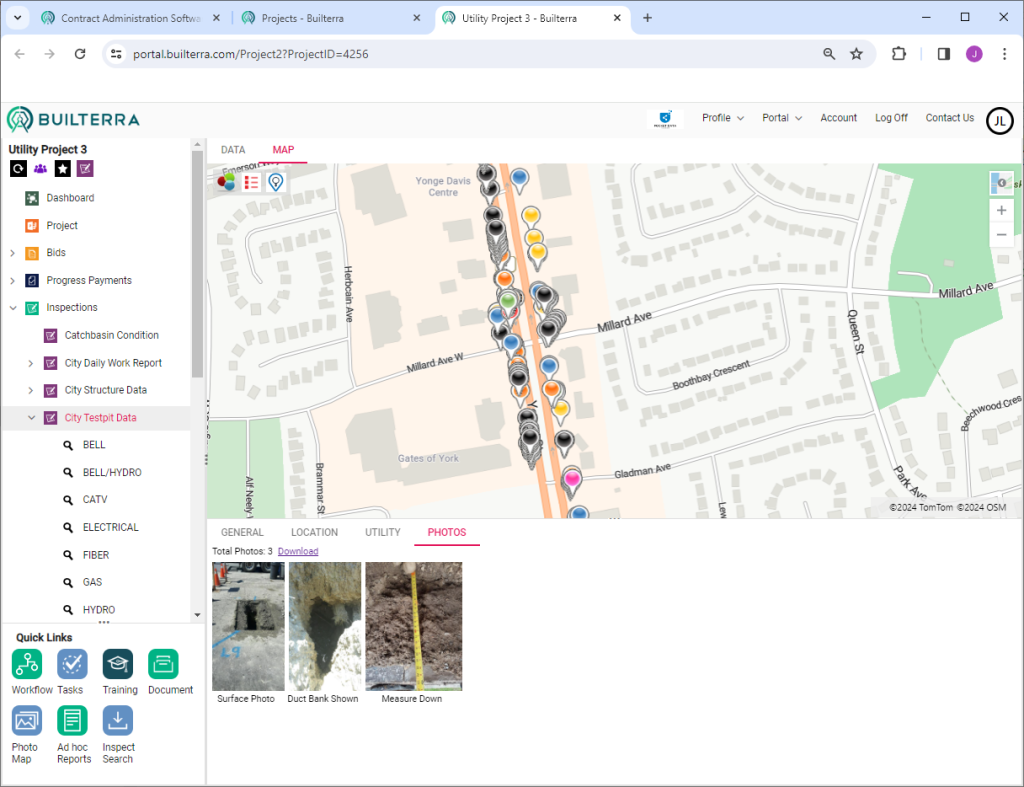
Streamlining Design-Build Processes
Design-build projects require close coordination between design and construction teams. Builterra simplifies this process by integrating design and construction data into a unified platform. This integration allows for better communication between architects, engineers, and builders, leading to more accurate project timelines, reduced errors, and ultimately, successful design-build outcomes.
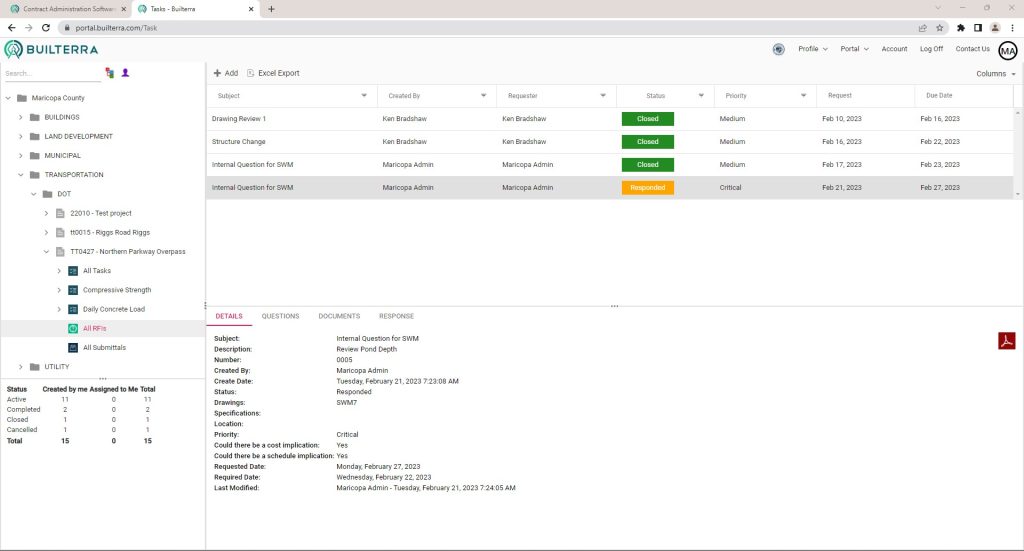
Enhancing Land Development Workflows
Land development projects involve complex processes, from zoning approvals to site design and construction. Builterra streamlines these workflows by providing tools for efficient data management, project tracking, and collaboration. With Builterra, developers can optimize land use planning, ensuring that projects are not only executed with precision but also meet regulatory requirements.
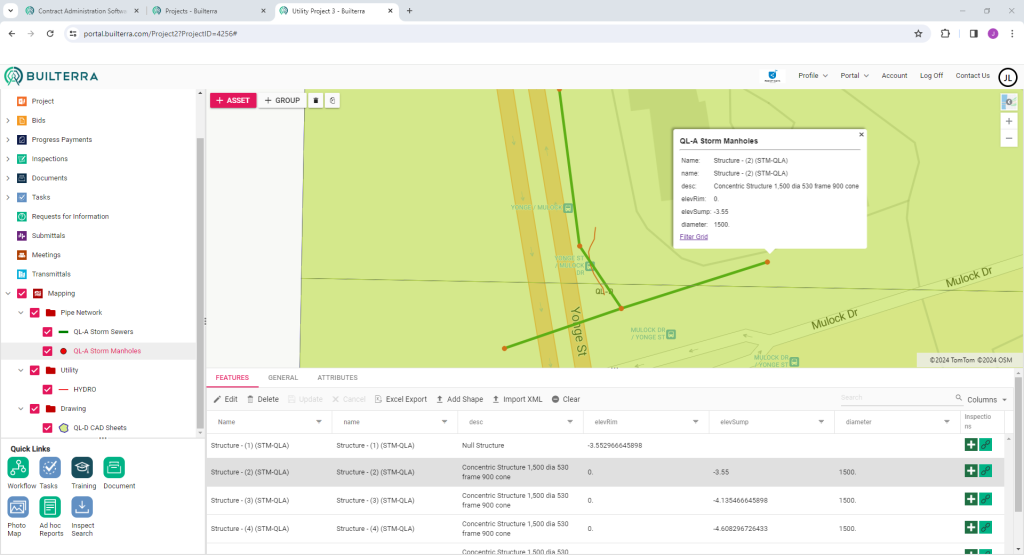
Real-time Data for Informed Decision-Making
Builterra provides a powerful dashboard that consolidates project data in real-time. Project managers and stakeholders can access key metrics, financial data, and progress reports instantly. This real-time visibility enables informed decision-making, allowing for quick adjustments to mitigate risks, adhere to timelines, and optimize resource allocation.
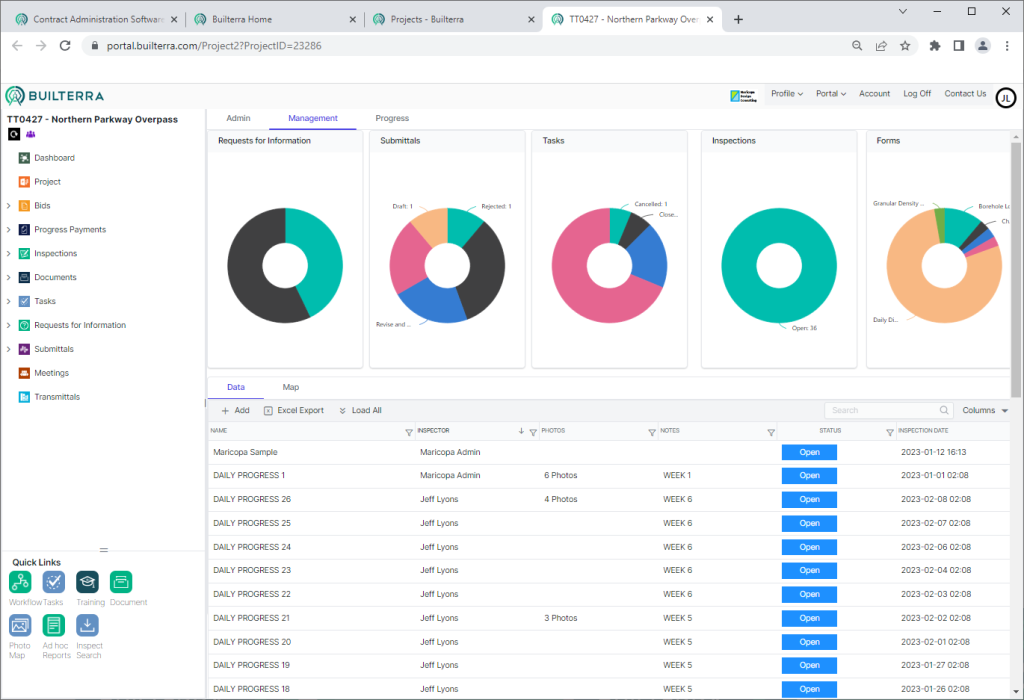
Digital Documentation
The platform's digital documentation capabilities help in maintaining comprehensive project records, including plans, specifications, and inspection reports. This not only ensures compliance with industry standards but also facilitates the auditing process. Builterra's document management features simplify the tracking of changes, approvals, and revisions, reducing the risk of disputes and enhancing project transparency.
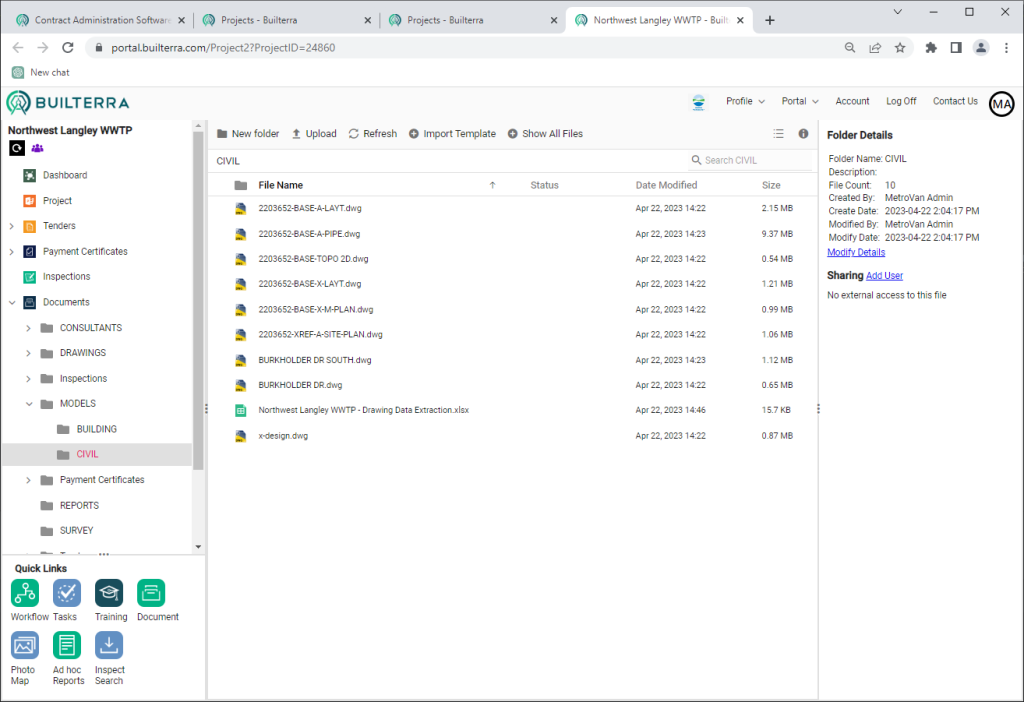
Integration with Other Tools
Builterra is designed to integrate seamlessly with various industry tools and software applications. This interoperability ensures that the platform can be easily adopted into existing workflows, allowing organizations to leverage their current technology investments while benefiting from Builterra's advanced features.
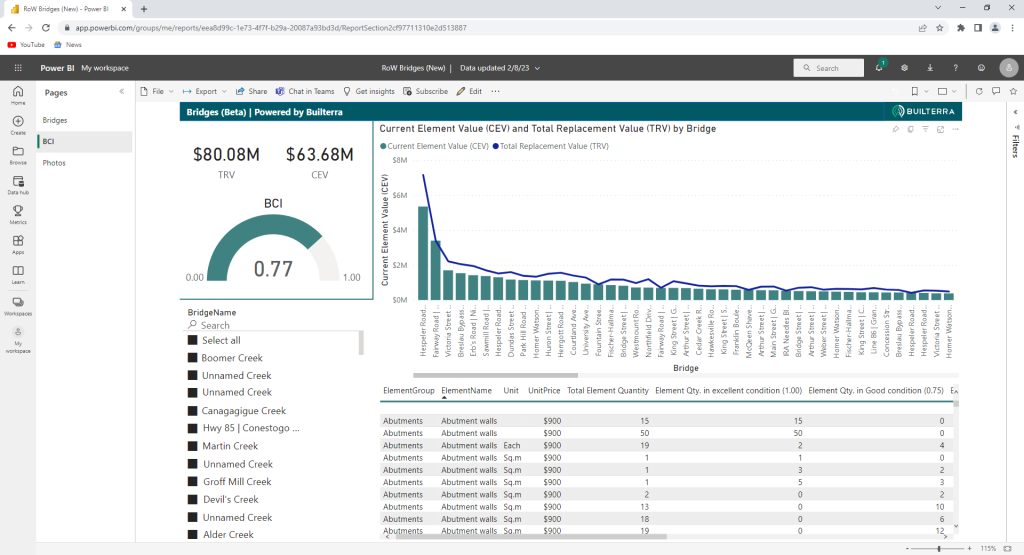
Conclusion
Builterra stands at the forefront of revolutionizing public infrastructure, design-build, and land development projects. By providing a unified platform for collaboration, real-time data insights, and digital documentation, Builterra empowers consulting and construction professionals to deliver projects with increased efficiency, reduced costs, and improved overall quality. As the industry continues to evolve, Builterra remains a valuable tool for those seeking to stay ahead in the ever-changing landscape of construction and civil engineering.




